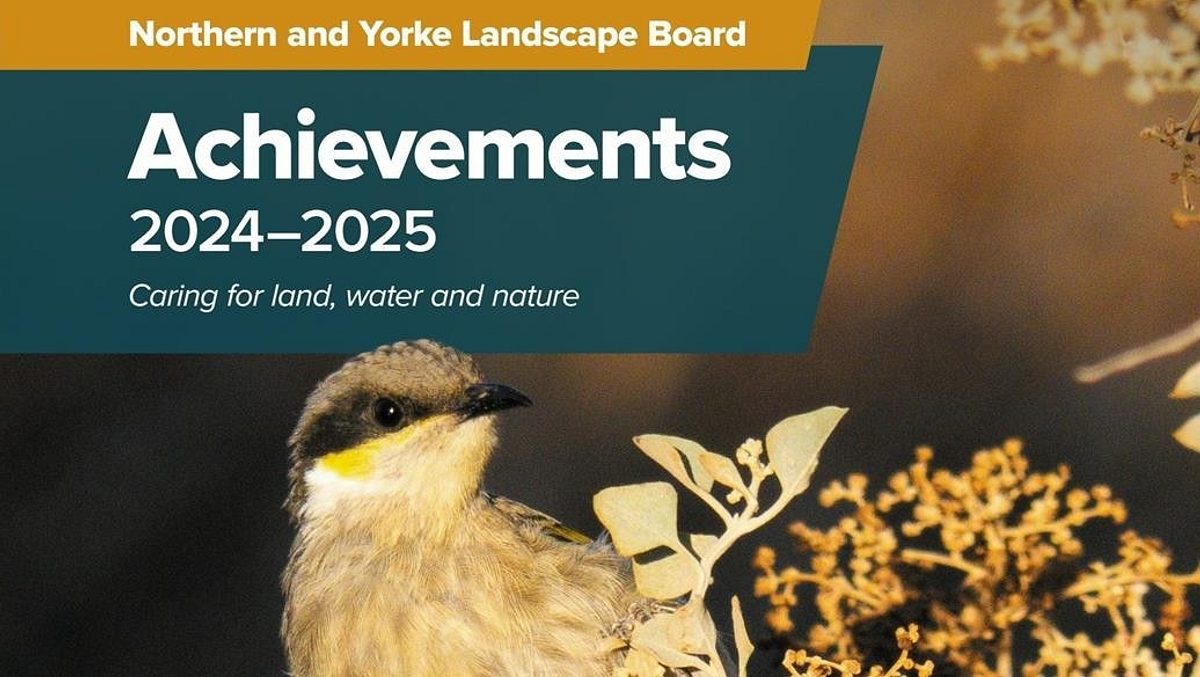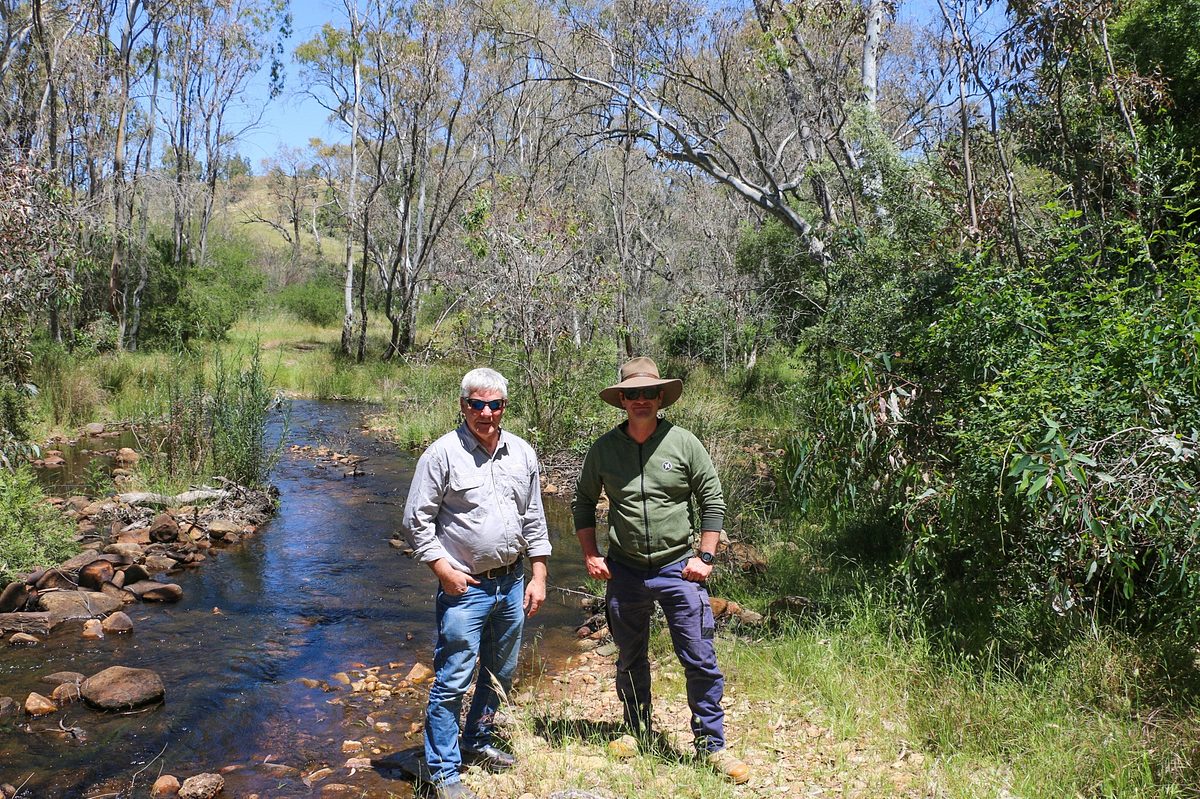Census results show WA bettongs are ready for big move to Yorke Peninsula
Media release about source population of Brush-tailed Bettongs for translocation to Yorke Peninsula
The Northern and Yorke Landscape Board’s plans to reintroduce Brush-tailed Bettongs to Yorke Peninsula this year are on track following positive news about the West Australian source population.
New research has found healthy Brush-tailed Bettong numbers in the north-eastern part of the Upper Warren region of Western Australia, paving the way for the critically endangered species to be reintroduced to mainland South Australia after an absence of more than 100 years.
The Western Australian Department of Biodiversity, Conservation and Attractions (DBCA) recently conducted its annual Bettong population monitoring and health check at sites across the lower south west. At Balban in the north east, researchers captured 138 Brush-tailed Bettongs and all were found to be in very good condition.
The monitoring results from Balban indicate the Brush-tailed Bettong population continues to grow. Brush-tailed Bettongs were found in 69% of traps, up from 62% in 2019 and 57% in 2018. Researchers estimate there are now as many as 40,000 Brush-tailed Bettongs thriving in the region, which spans over 110,000 hectares of forest.
These results are encouraging for Marna Banggara, an ambitious project that will reintroduce Brush-tailed Bettongs, also known as woylies, to South Australia’s Yorke Peninsula more than a century after the species disappeared from the area.
The project plans to translocate approximately 100 Brush-tailed Bettongs from Western Australia to a safe haven on the peninsula’s southern tip over three years. The first translocation will take place in winter 2021, led by the Northern and Yorke Landscape Board.
Construction of a 25-kilometre fence across the foot of the peninsula to protect species from feral predators is nearing completion. It creates a 150,000 hectare safe haven that includes Dhilba Guuranda-Innes National Park, remnant vegetation, farmland and small townships.
“The animals we want to translocate to Yorke Peninsula are the young adults that are the fittest and healthiest woylies with the greatest potential to breed,” said Dr Adrian Wayne, Senior Research Scientist, DBCA.
Brush-tailed Bettongs once inhabited more than 60% of mainland Australia, but are now only found in small pockets of Western Australia and offshore islands in South Australia due to introduced predators and habitat loss.
These critically endangered marsupials play a vital role in ecosystems by spreading native plant seeds and digging up between two to six tonnes of dirt per year, which improves water infiltration, nutrient cycling and helps native plants to grow.
The Brush-tailed Bettong will be the first of four native species to be reintroduced to the Yorke Peninsula over the coming decades.
The project aims to boost local tourism, improve agricultural productivity and restore the area to its former ecological glory. If successful, it could become a model for transforming altered landscapes in other areas of Australia.
Max Barr, Northern and Yorke Landscape Board Project Manager, said the monitoring results show that these Brush-tailed Bettongs are a robust option for the big move to South Australia.
“The high capture rates at Balban compared with many other sites indicate a large population size, which suggests we can relocate Brush-tailed Bettongs from here without impacting on the overall population,” said Mr Barr.
The Balban bettong population faced a significant decline during the mid-to-late 2000s due to predators like foxes and feral cats. Today, the population has almost fully recovered.
“These results show just how quickly Australian wildlife can rebound when threats are addressed,” said Darren Grover, WWF-Australia's Head of Healthy Land and Seascapes.
“With a helping hand, we hope species like the woylie can not only survive but thrive again on the Yorke Peninsula.
“We can’t wind back the clock to 100 years ago, but we can try to restore key species like the woylie and create a landscape that balances healthy wildlife populations with prosperous farmland and tourism.”
Honouring the district’s Traditional Custodians, the Narungga People, the name Marna Banggara originates from Narungga dialect with marna meaning ‘healthy or prosperous’ and banggara signifying ‘Country’.
This project is jointly funded through the Northern and Yorke Landscape Board, the Australian Government’s National Landcare Program, the South Australian Department for Environment and Water, WWF-Australia and Foundation for National Parks & Wildlife. Other partners actively involved in developing and delivering the project include Regional Development Australia, South Australian Tourism Commission, Zoos SA, FAUNA Research Alliance, BirdLife Australia, Nature Conservation Society of SA, Narungga Nation Aboriginal Corporation, Primary Producers SA, Primary Industries and Regions SA, Conservation Volunteers Australia, Legatus Group, Yorke Peninsula Council, Yorke Peninsula Tourism, the Scientific Expedition Group and DBCA.


